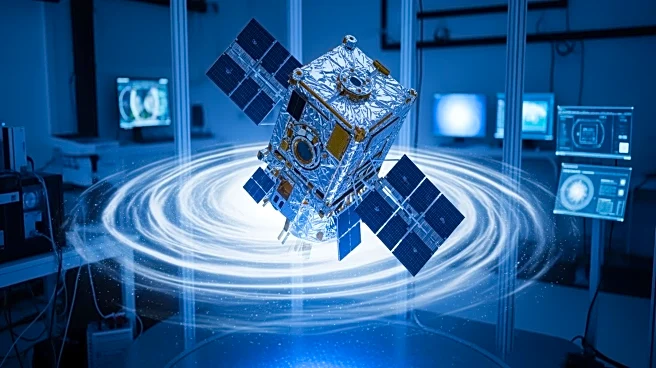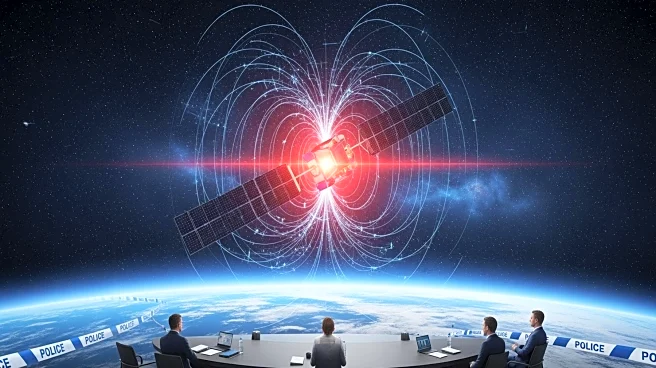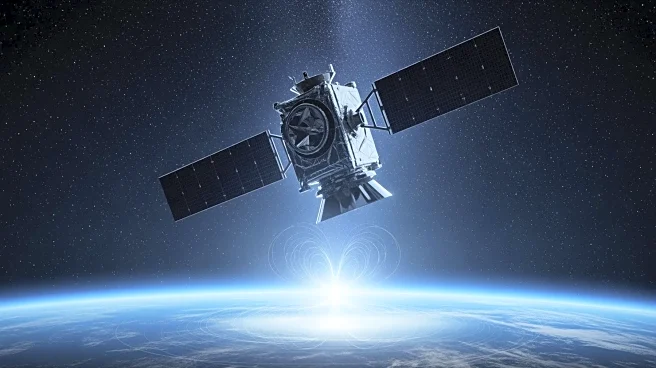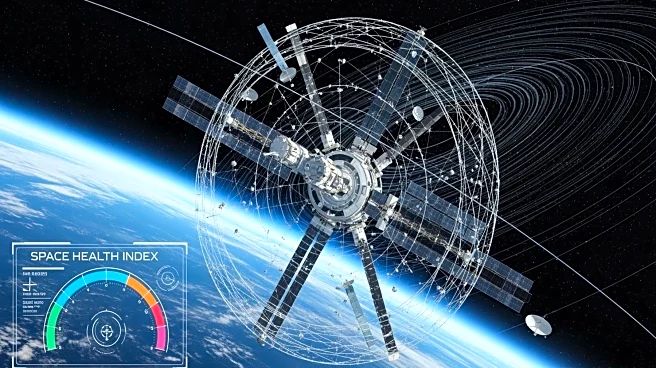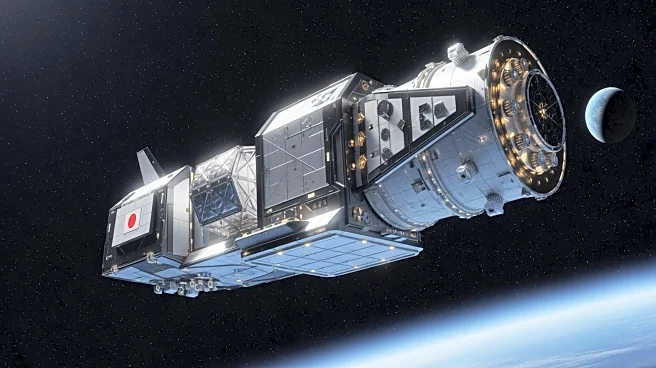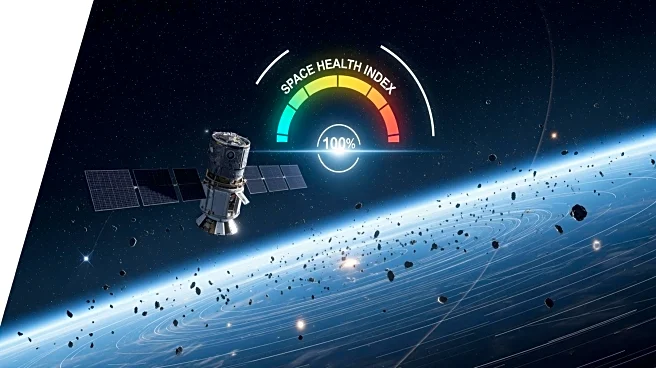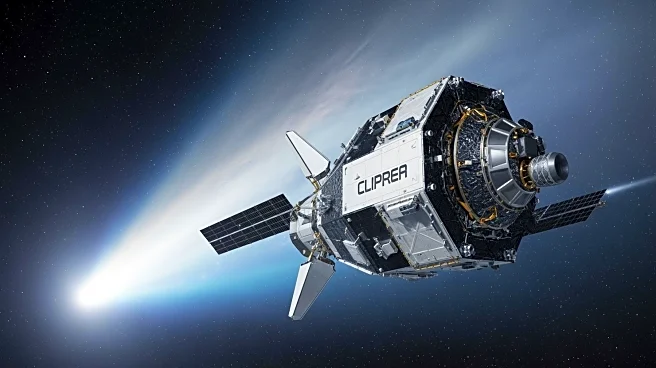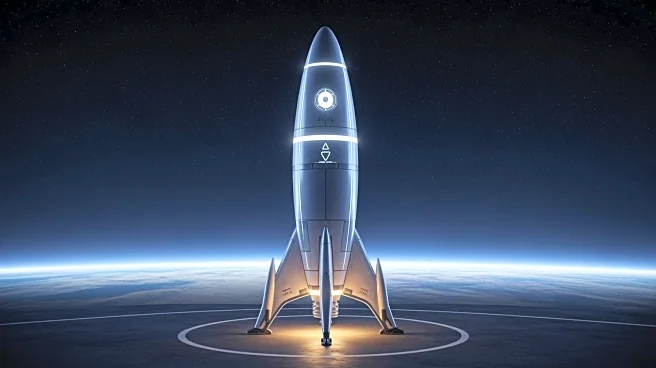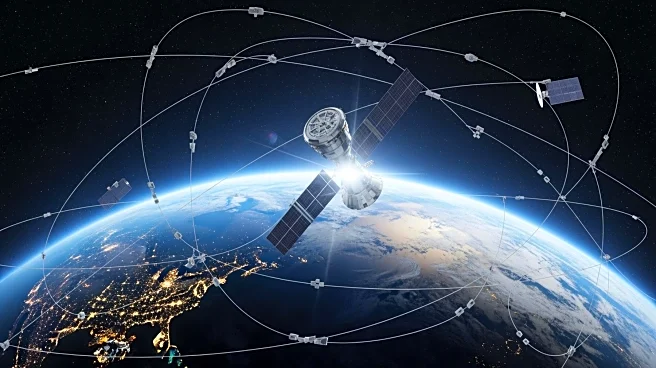What's Happening?
The European Space Agency (ESA) conducted a simulation of a catastrophic solar storm at its mission control center in Darmstadt, Germany. The exercise aimed to test the resilience of its satellites and
operations teams against a solar superstorm similar to the 1859 Carrington Event, the most powerful geomagnetic storm ever recorded. The simulation was part of preparations for the upcoming Sentinel-1D mission, scheduled for launch in November. During the simulation, the sun unleashed a series of threats, including an X-class solar flare, high-energy particles, and a massive coronal mass ejection (CME). These events disrupted communications, radar, and tracking systems, increased satellite drag, and posed risks to spacecraft longevity and collision potential.
Why It's Important?
The simulation underscores the vulnerability of space infrastructure to extreme solar weather events. Such storms can cause widespread electronic disruptions, affecting satellite operations, navigation systems, and communications. The exercise highlights the need for robust space weather preparedness to mitigate potential damage to satellites and ground-based systems, including power grids and pipelines. The ESA's proactive approach in simulating these scenarios is crucial for developing strategies to protect critical space assets and ensure continuity of services during solar storms. The inevitability of such events necessitates ongoing research and preparedness to safeguard technological infrastructure.
What's Next?
The ESA will continue to refine its strategies for managing space weather risks, focusing on enhancing satellite resilience and operational protocols. The upcoming Sentinel-1D mission will incorporate lessons learned from the simulation to improve its preparedness for solar storms. As solar activity increases, international collaboration and investment in space weather monitoring and response capabilities are expected to grow. Stakeholders, including satellite operators and government agencies, will likely prioritize the development of technologies and policies to mitigate the impact of future solar storms.
Beyond the Headlines
The simulation raises ethical and strategic considerations regarding the protection of space assets and the reliance on satellite technology for global communications and navigation. The potential for widespread disruption from solar storms highlights the need for international cooperation in space weather research and response. Long-term shifts in policy and investment may focus on enhancing the resilience of space infrastructure and developing contingency plans for critical systems.
